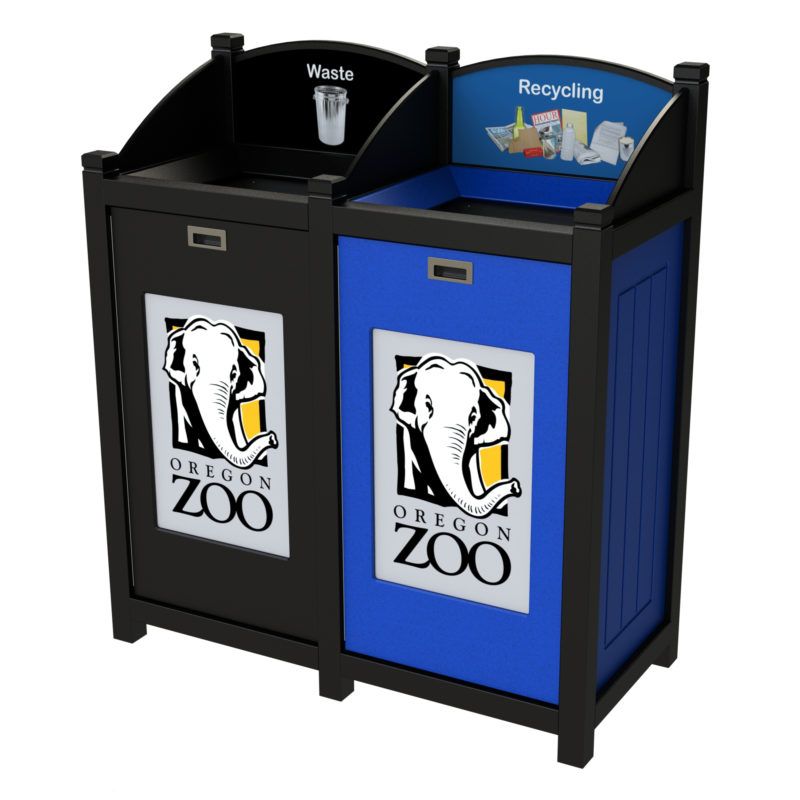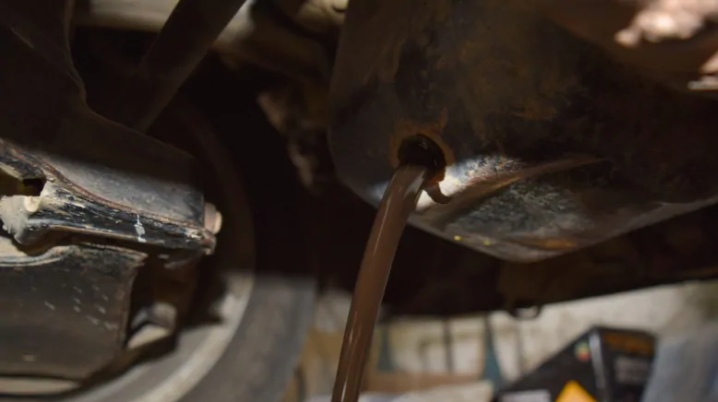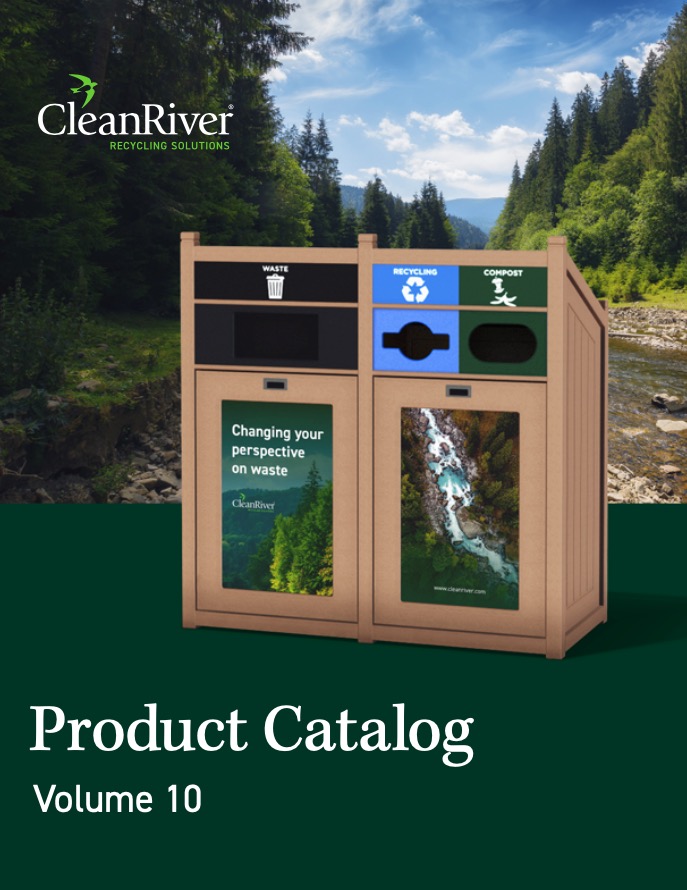Share
Have you ever watched an animal attempt to eat something out of the trash that wasn’t food? (Bonus points if it was your pet). Far too many of us have witnessed wildlife trying successfully, or unsuccessfully to consume garbage thinking it was food. It can be distressing! But what if there was a way to prevent that from happening altogether?
Recycling is the easiest answer. How does recycling affect wildlife? Well, that’s what we’ll be covering in this week’s blog. Read on to see why recycling is important to wildlife (and human) preservation and how recycling can help endangered species.
How Does Recycling Help Wildlife
Eco-friendly packaging helps to reduce the harmful effects of waste on wildlife, but the majority of waste is dangerous to animals (and humans!) if it isn’t disposed of properly. If you’re not sure what can be recycled, we’ve recently outlined the top 10 items you can recycle to save the environment.

On a small scale, recycling helps wildlife by eliminating the risk of animals consuming recyclable waste or getting trapped and injured by garbage. When recyclables are sorted into outdoor commercial recycling bins it also helps to preserve their habitats. Spending the time to pick up after less considerate people to properly dispose of and recycle trash that has been left around is as beneficial as it gets. Especially if you’re near a water source. We all know the damage garbage can do to marine life, birds, and even surfers and swimmers.
On a large scale, trash removal and recycling helps wildlife by reducing the need to expand landfills, mining, and drilling operations. One of the primary benefits of recycling is the preservation of natural resources. Harvesting virgin materials encroaches on wildlife habitats and involves heavy energy use. Recycling also indirectly helps to preserve animal habitats by lowering greenhouse gas emissions that cause climate change. (That brings a whole new perspective to the term “green recycling”).
How Recycling Can Help Endangered Species
If you’ve ever been to a national park, you may have seen fancy outdoor commercial recycling bins with elaborate operating mechanisms. The reason why it’s necessary to have such a complicated design is to protect wildlife from the recyclable waste and other trash inside. (Bears can be as smart as tourists when it comes to opening these commercial recycling bins). Some conservation areas are home to endangered species that are at a higher risk of being negatively affected by litter.

Plastic discards remain a serious problem for endangered species, especially in the ocean. Recycling is a simple solution by keeping these hazardous substances away from wildlife. Humans also benefit from recycling too! Going to the beach, cycling, and other leisure activities such as hiking are much more enjoyable without having to deal with litter.
How Recycling Protects Animals and Humans
Recycling offers numerous human health and environmental benefits. The rate of waste recovery increases every year as people become more educated about recycling solutions via:
This has led to a decrease in landfill content, and the amount of waste generated per person.

You could argue that recycling isn’t always necessary to protect the environment and you can just throw everything in the trash. but that’s not true. Recycling e-waste and used engine oil is basically a necessity to protect humans and wildlife from water contamination. Discarded electronic waste contains hazardous substances such as mercury and cadmium that can leach into soil and water. Engine oil from a single oil change can negatively affect up to 4 million liters of freshwater.
CleanRiver has over 30 years of sustainability experience providing recycling solutions for indoor and outdoor spaces, designing custom commercial recycling bins, and much more. (Such as helping companies implement an office recycling program, or working with the visually impaired to develop accessible ways for blind people to recycle). Despite all of the experience, there is still a lot of work to be done to protect animals and humans.
__________________________________________________________________________________________
Looking for more recycling tips and tricks? Check out these other blogs:
- 4 Steps to Help Start an Apartment Recycling Program
- How Do You Recycle Cardboard? 6 Tips For Your Facility To Get It Right
- 5 Pro Tips For Buying Recycling Bins
CleanRiver Recycling provides a variety of innovative, flexible, and customizable recycling solutions. To determine the right solution to meet your needs, use the CleanRiver product selector.
If you have additional questions that weren’t answered in this blog post please call us at 1-866-479-4038 or email solutions@cleanriver.com.


